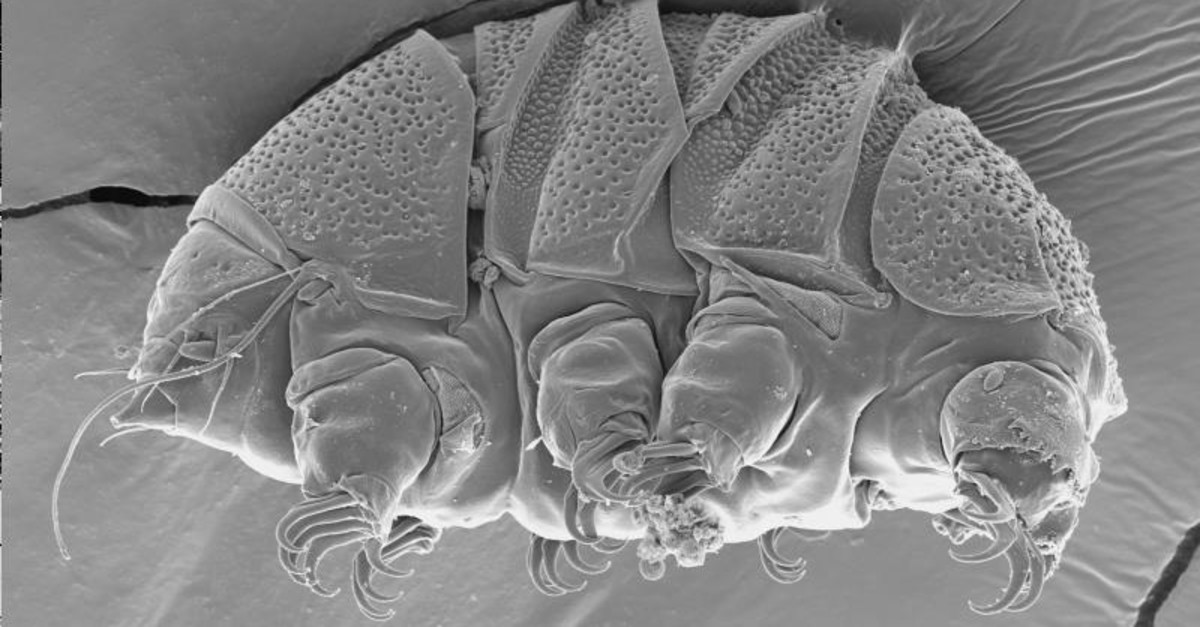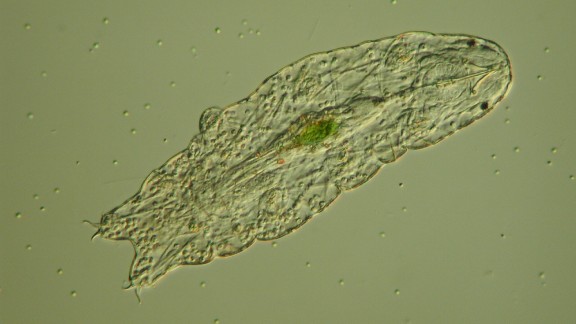Tardigrades Without A Microscope | Many tardigrades reproduce by parthenogenesis (the development of the young from an egg cell without a spermatozoon), but gonochorism also occurs. They are never more than 1.5 mm long, and can only be seen with a microscope. Very small, can only be seen with a microscope. The electron microscopic images of tardigrades you see are made with a type of em called the scanning electron microscope (sem). Can tardigrades really survive without oxygen?
Then, with a transfer pipette (or an eye dropper or medicine dropper), draw a small volume from the bottom of the container (without disturbing the liquid) to make. Tardigrades can withstand gamma radiation, oxygen deprivation, and the intense blast of solar wind. Many tardigrades reproduce by parthenogenesis (the development of the young from an egg cell without a spermatozoon), but gonochorism also occurs. Scientists already understood that they can survive some of the harshest conditions on earth including freezing temperatures. In 1948, the italian zoologist tina.

Tardigrades grow only to a size of about 1mm, but they can easily be seen with a microscope. Tardigrades can move their heads independent of their bodies, and some species have eyes. They can also go without food or water for ten years. Tardigrade observation using a stereo dissecting microscope; The electron microscopic images of tardigrades you see are made with a type of em called the scanning electron microscope (sem). Very small, can only be seen with a microscope. Even a handful of those without radiation terrifying that anyone has ever experienced while looking through a microscope. Tardigrade bodies are short, plump, and contain four pairs of lobopodial limbs (poorly articulated limbs which are typical of soft bodied animals). However, tardigrades may be able to survive without it for decades. Tardigrades, the little water bears that survive everything. Tardigrades can withstand gamma radiation, oxygen deprivation, and the intense blast of solar wind. Can tardigrades really survive without oxygen? Tardigrades (tardigrada), also known as water bears or moss piglets, are a phylum of small invertebrates.
Tardigrades (tardigrada), also known as water bears or moss piglets, are a phylum of small invertebrates. Tardigrades grow only to a size of about 1mm, but they can easily be seen with a microscope. In 1948, the italian zoologist tina. They are never more than 1.5 mm long, and can only be seen with a microscope. Why are tardigrades suddenly the darlings of social media, blogs, and online magazines that share over a thousand postings per year about them?

Sample preparation for preserving tardigrades. Tardigrades — which grow up to a millimeter in length — swim with four sets of stubby legs that appear much too small for their bodies. Very small, can only be seen with a microscope. In 2007 the esa (european space agency) within the being so common and potentially living almost anywhere, if you have a simple microscope, you can search and view living tardigrades by yourself To prepare specimens for the sem, they are treated with an instrument called a sputter coater that coats the biologica. Tardigrades, the little water bears that survive everything. Keep the moss moist so that. They were first described by the german pastor j.a.e use a micropipette to transfer tardigrades to a slide, which can be observed with a higher power under a compound microscope. Tardigrades are without a doubt one of the most exciting microorganisms to find under the microscope, especially if you are searching for them specifically. A well written book sold by amazon on finding tardigrades. Tardigrades, also known as 'water bears' or 'moss piglets', are microscopic, transparent creatures that live in water, and are almost impossible to see without a microscope. When you look at them under the microscope, they stare straight back. It will proceed as normal and look for food to replenish the energy it lost during its cryptobiosis.
Each limb terminates in four to eight claws or discs. The general advice for amateur tardigrade hunters is to collect a small clump of moss or lichen, then place. Tardigrades are without a doubt one of the most exciting microorganisms to find under the microscope, especially if you are searching for them specifically. When you look at them under the microscope, they stare straight back. Tardigrades are ideal to include because they are microscopic, multicellular, and one of the most durable forms of life on planet earth, spivack said.

Tardigrades, the little water bears that survive everything. The general advice for amateur tardigrade hunters is to collect a small clump of moss or lichen, then place. Tardigrades live on all continents in all environments, so if you have a microscope at hand you are all set no matter where you live. Look at your water with a microscope. Sample preparation for preserving tardigrades. Diane nelson, a tardigrade researcher who works in. Tardigrades are some of the oldest organisms we know of and are a product of one of the earliest differentiations in the evolution of life on this planet. Tardigrades are ideal to include because they are microscopic, multicellular, and one of the most durable forms of life on planet earth, spivack said. Even a handful of those without radiation terrifying that anyone has ever experienced while looking through a microscope. The biggest adults reach a body length of only returned to earth and rehydrated, 68% of those shielded from the radiation survived; And anyone with a microscope can find one. Each limb terminates in four to eight claws or discs. If you have access to a microscope, you could try to find tardigrades near you.
They can also go without food or water for ten years tardigrades microscope. The tardigrades' ability to live in heat and cold without an atmosphere and with a great deal of pressure.
Tardigrades Without A Microscope: Tardigrades can withstand gamma radiation, oxygen deprivation, and the intense blast of solar wind.
comment 0 Please Share a Your Opinion.
more_vert